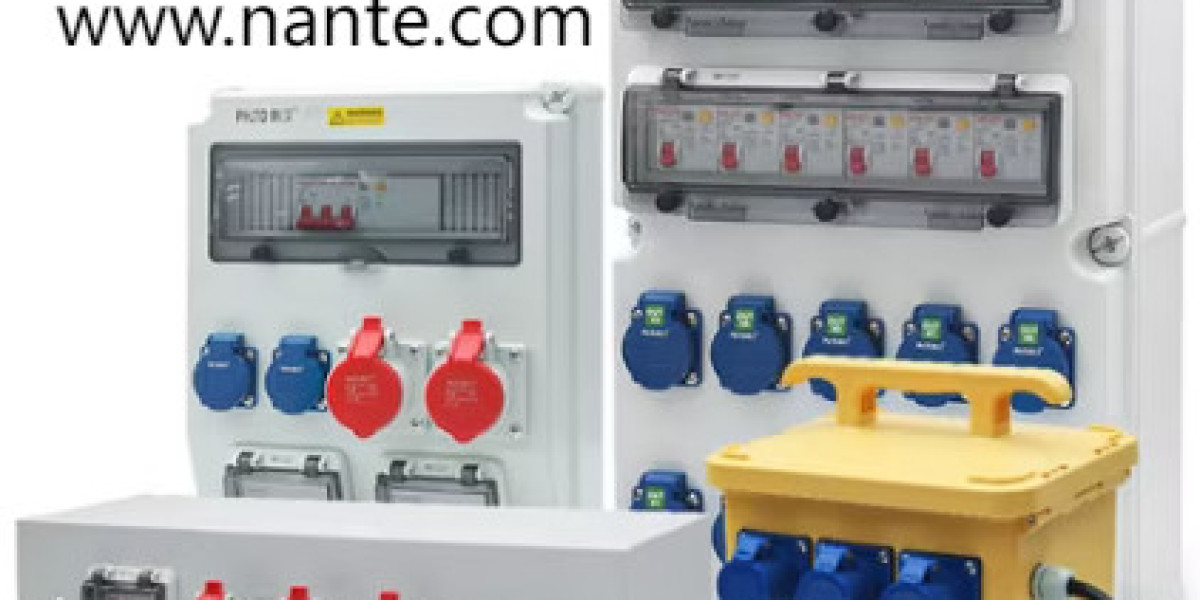Amid the surge in automated storage hubs and compact fulfillment centers, an Industrial concealed socket offers a discreet method for powering densely racked aisles while preserving a clean overhead grid. By embedding hidden outlets behind vertical supports, facility engineers achieve seamless integration with robotic pickers and vision scanners, enabling a low‑noise network free from tangled cords or exposed junctions. This approach aligns with the latest logistics trends, where high bay lighting, autonomous vehicles, and environmental controls rely on a robust yet unobtrusive electrification scheme.
In these modern depots, power distribution must contend with tight clearances and frequent reconfiguration. Traditional exposed panels conflict with conveyor rails and automated cranes, creating hazards and slowing deployment cycles. The flush‑mounted receptacles install within column cavities or under ceiling panels, streamlining cable pathways. Maintenance staff can access power points without climbing ladders or disrupting automated lanes, while invisible freeze‑proof gaskets ensure reliability in temperature‑controlled areas.
Noise suppression is another critical goal. Harsh switching events or transient harmonics from variable‑frequency drives can interfere with sensitive sensors and communication lines. Advanced concealed modules incorporate built‑in filters and surge arrestors that clamp spikes before they propagate. These protective components maintain clean sinusoidal waveforms, safeguarding control electronics and preventing false readings in barcode scanners or RFID readers, which is vital when every misplaced item can impact delivery schedules.
Space utilization also benefits. As vertical storage racks reach greater heights, open floor area becomes at a premium. Removing bulky floor boxes and channeling power through narrow cavities frees up valuable square footage for additional pallet slots or transfer stations. Architects and operations planners can optimize traffic flow for automated guided vehicles and pallet shuttles, while hidden distribution modules accommodate variable voltage requirements without cluttering aisles with standalone switchgear.
Installation efficiency matches this compact design. Snap‑in circuit breakers, twist‑lock outlets, and plug‑and‑play monitoring units slide into pre‑fabricated frames, reducing wiring time by avoiding junction boxes. Integrated labeling panels and color‑coded connectors guide electricians during setup, preventing misfeeds that can lead to unplanned shutdowns. The modular architecture supports both AC and DC feeds, meeting the dual needs of lighting grids and charging docks for mobile robots.
Durability in demanding environments is assured by rugged housing materials. Corrosion‑resistant alloys and flame‑retardant polymers protect internal conductors from dust, moisture, and chemical splashes common in cold storage or packaging lines. Vibration‑dampening mounts guard delicate switches against mechanical shock, preserving calibration in conveyor motor starters and preventing nuisance trips that disrupt continuous operations. This resilience extends service intervals and reduces total lifecycle costs.
Energy monitoring capabilities elevate hidden power points from passive outlets to active management nodes. Miniature sensors record current draw, voltage stability, and power‑factor data, feeding analytics engines that identify inefficiencies. Warehouse managers receive alerts when differential loads on a rack exceed preset thresholds, allowing them to shift equipment usage to off‑peak hours or balance phases automatically. These insights drive both sustainability objectives and budgetary targets by trimming waste and maximizing uptime.
Safety considerations remain paramount. Concealed panels employ tamper‑proof covers and keyed locks that deter unauthorized access in high‑traffic zones. Ground‑fault interrupters detect leakage currents and isolate affected circuits instantly, protecting technicians and stored goods. Emergency shutdown protocols integrate with building control systems, enabling rapid de‑energization in response to fire alarms or air‑quality warnings.
Adoption of this hidden hardware design signals a broader shift toward intelligent infrastructure in logistics. As e‑commerce growth drives demand for faster fulfillment, facilities must evolve to support smart robotics, predictive maintenance, and energy‑aware operations. By choosing a power distribution strategy that blends invisibility with performance, operators position themselves at the forefront of next‑generation warehousing.
For professionals ready to upgrade depot electrification with seamless, high‑density installations, explore Nante’s full line of concealed distribution solutions at www.nante.com/product/ .








